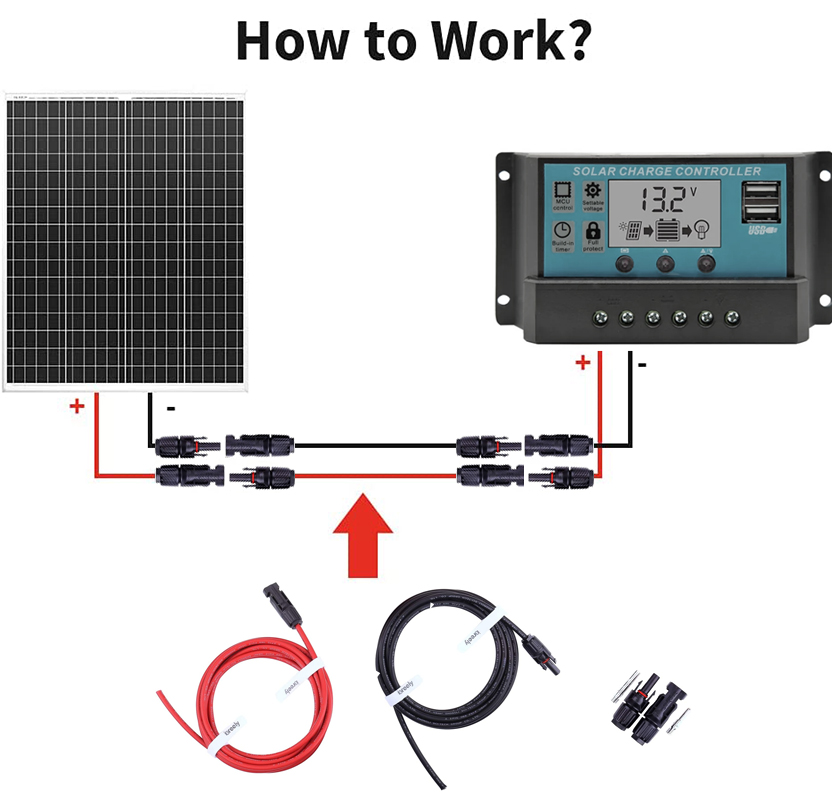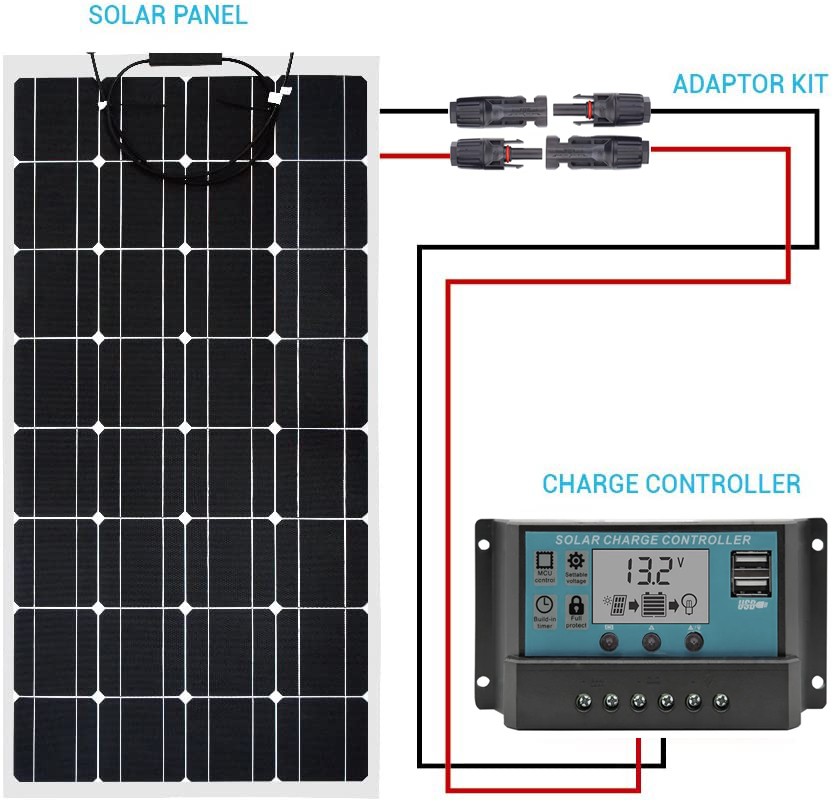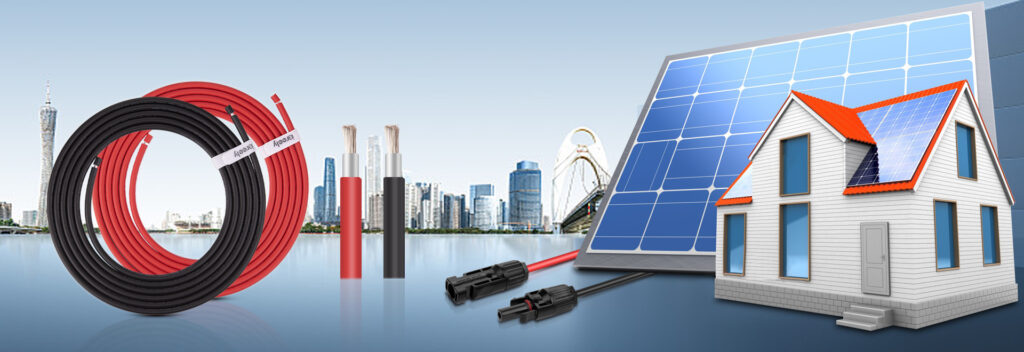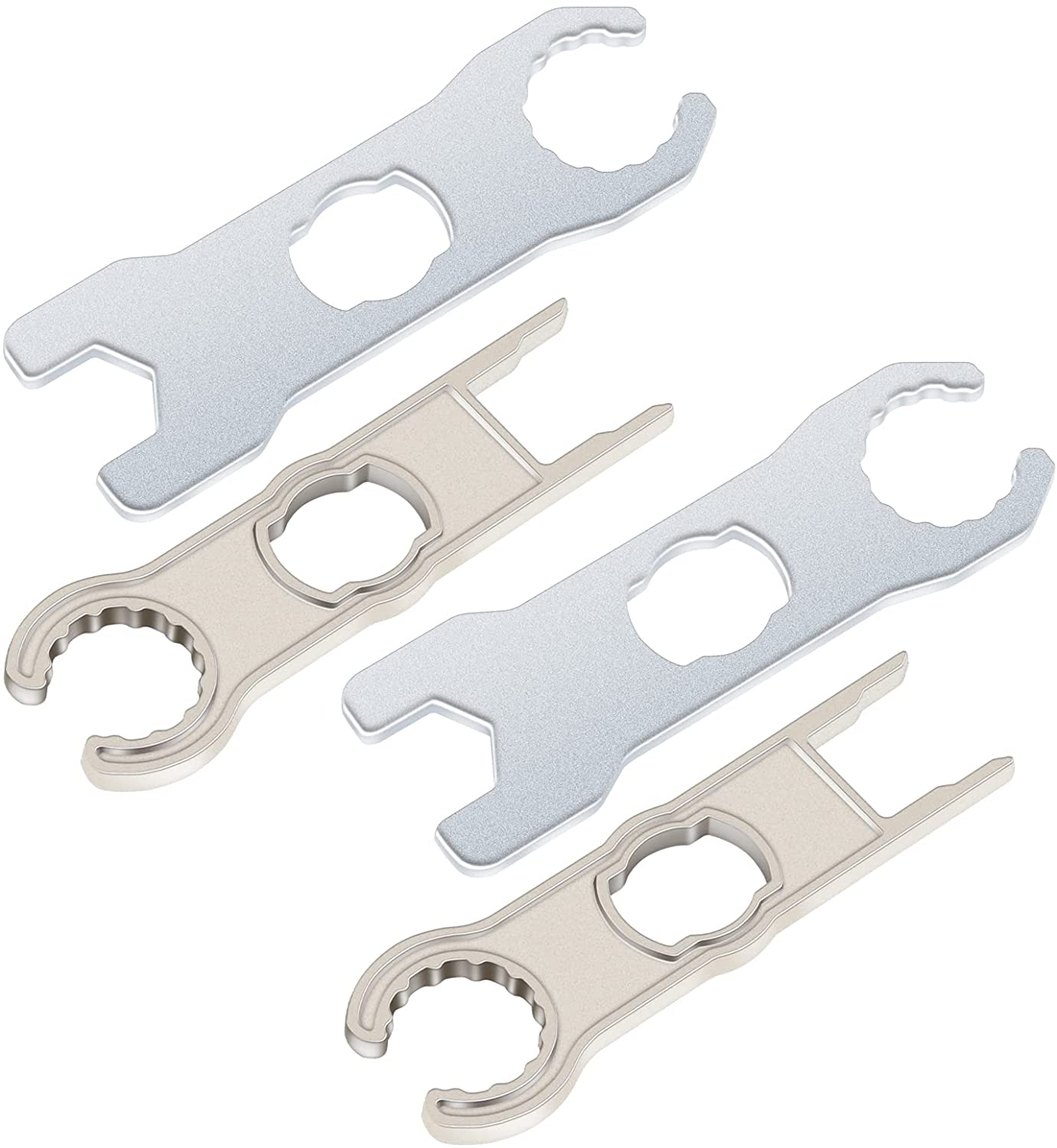Uncategorized
How do I extend my MC4 cable?
These days, millions of people are installing solar panels on their property. This can be for any number of reasons. For one thing, there’s the obvious benefit to the environment, and the warm, fuzzy feeling of lowering your carbon footprint. For another thing, you can save money on your monthly power bill, and potentially pay nothing. In the past, solar panels could take 25 years or more to pay themselves off. But some modern solar panels earn back their cost in as little as 10 years. And if you take advantage of federal tax credits, they can pay for themselves even faster. With all of these things going in their favor, it’s no surprise that solar panels are more popular than ever.
But solar power isn’t just for your home. Solar is becoming increasingly popular for RVs, simply because it’s cheaper than a gas generator. RVs are already notorious gas hogs. So if you can at least generate clean power, you’re minimizing your carbon footprint. Along the same lines, solar backup generators are useful for campers, and even for emergency preppers. In a major emergency, you might not be able to fill a gas generator. But you can always put a solar panel out and charge that way.
In all of these scenarios, you’re going to need the right kind of cable. When you’re installing solar panels, the panels need to be wired together. And if you’re charging a battery, you need to connect the panel to the charger. Thankfully, there’s a standard for these cables, called MC4, which is more or less universal. That said, you still need the right gauge and length. You also need a cable with the best possible UV and weather-resistance.
Solar Extension Cable Features
Gauge is a measure of a wire’s diameter and capacity, and it’s measured in American Wire Gauge (AWG). AWG is actually based on resistance, so the numbers are the opposite of what you’d expect. A lower number indicates less resistance, or a bigger wire. The higher the number, the more resistance, and the smaller the wire.
The thicker the wire and the shorter the run, the higher the capacity. The narrower the wire and the longer the run, the less power you’ll be able to put out.
Individual solar panels can use either a 12-gauge or 11-gauge wire. Smaller panels under 50 watts typically use a 12-gauge, which allows up to 20 amps of current. Larger panels use thicker, 10-gauge wires that can support up to 30 amps of current. If you’re wiring multiple panels in parallel, you’ll typically be using a combiner wire. This is a heavier, 3- to 8-gauge wire harness that can support the entire combined current.
Note that inside a battery bank, it’s important to use the same gauge and wire length throughout. Even minor differences in length can reduce your system’s efficiency and damage your batteries. Differences in gauge can cause issues to occur even faster. If you can get a set of identical patch cables, you’ll be well set up.
When in doubt, don’t rely on internet guides. Follow your manufacturer’s written instructions, and use the appropriate cable. Failure to do so could void your panel’s warranty.
Wiring MC4 Equipped Modules in Series:
If you have two or more solar modules to wire in series, the MC4 connectors make it very simple. A series connection is when you wire the modules together by connecting the positive lead on one module to the negative lead on another module.For example, if your modules are rated for 18 volts at maximum power (Vmp), then two of them connected in series will measure 36 Vmp. If you connected three modules in series, the total Vmp would be 54 volts. The current at max power (Imp) will be constant when wiring a series circuit.
Wiring MC4 Equipped Modules in Parallel:
Parallel wiring requires the positive leads to be connected together and the negative leads to be connected together. This method will increase the current at max power (Imp) while keeping the voltage constant. For example, let’s say your modules are rated for 8 amps Imp, and 18 volts Vmp. If you connect two of them in parallel, your total amps would be 16 amps Imp and the voltage would remain at 18 volts Vmp. When wiring two or more modules in parallel, you will need some additional equipment. If you’re only using two modules, the easiest method is to use MC4 multibranch connectors. You obviously can’t connect two male connectors or two female connectors together, so we use the multibranch connectors to accomplish that. There are two different multibranch connectors. One type accepts two male MC4 connectors on the input side and has a male MC4 connector for its output. The other type accepts two female MC4 connectors and has a female MC4 connector for its output. Essentially, you’ve stepped down the number of wires from two positive and two negatives to one positive and one negative.


Disconnecting MC4 Connectors:



